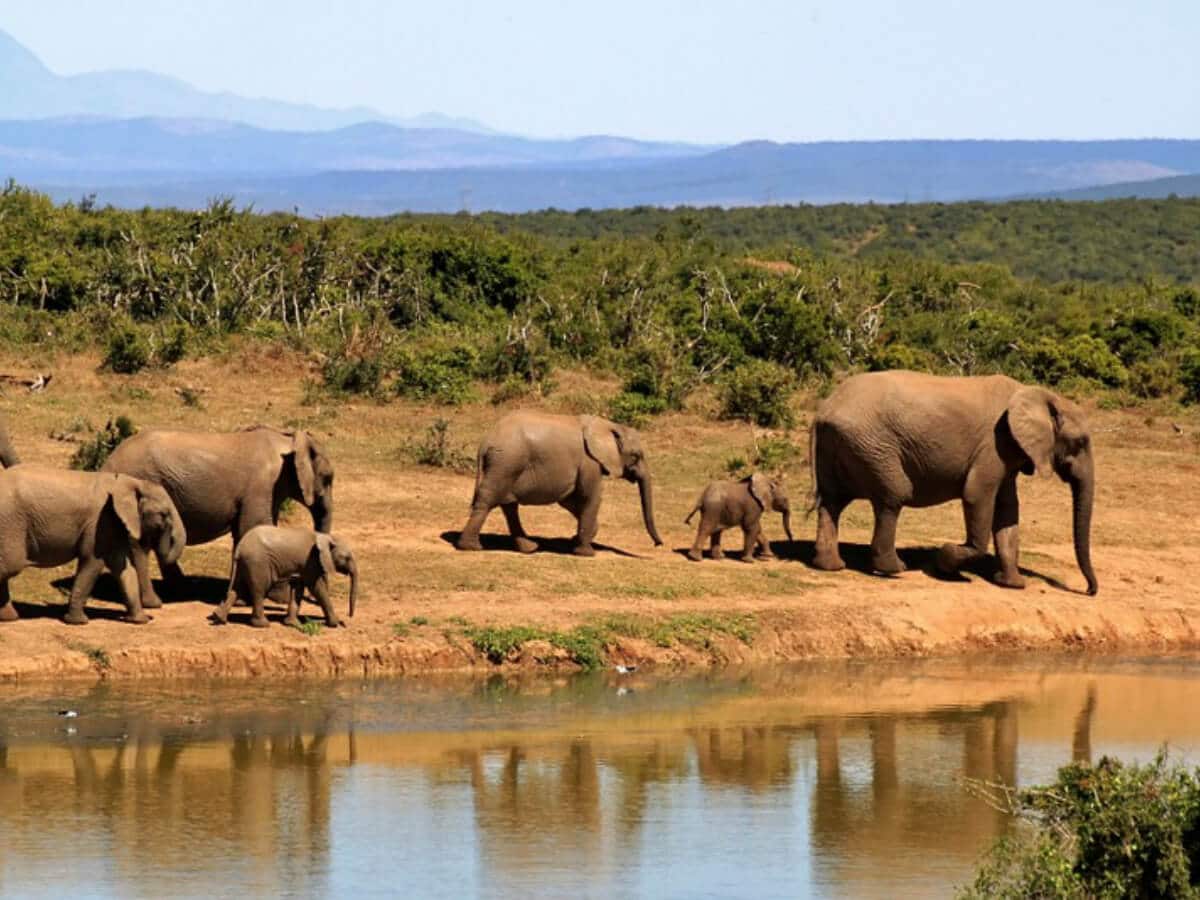Tour Package
Zimbabwe Tour Packages
SUPER DEAL PRICE
STARTS FROM
per person on twin sharing
ATMs are not easily accessible in all areas.
Credit cards are not widely accepted.
Locating a bank in Zimbabwe can be challenging.
The legal drinking age in Zimbabwe is 18.
Zimbabweans are friendly and hospitable people.
Prices are typically cheaper in May.
Zimbabwe - Visitors Statistics

Annually
16,02,780
Male51%
Female49%
By Purpose
Couples
For Newlywed Vacations
Family
For Family Vacations
Top Visitors from India
Mumbai
Delhi
Bengaluru
Chennai
Hyderabad
Pune
Kolkata
Ahmedabad
Jaipur
Lucknow
All You Need to Know About Zimbabwe Tour
Did you know that Zimbabwe is home to five UNESCO World Heritage Sites? This alone should give you an idea of the country’s rich history and natural wonders. If your idea of a dream vacation involves going on a safari adventure to witness animals in their natural habitat, check out our Zimbabwe tour packages.
View All Zimbabwe Packages
Travel Tips

Visa Information
Check visa requirements before traveling, ensuring a smooth entry and compliance with destination regulations.

Health and Safety Tips
Prioritize health, stay hydrated, follow safety guidelines, and maintain personal hygiene for a secure journey.

Currency and Tipping
Familiarize with local currency, consider customary tipping practices for respectful and seamless travel experiences.
FAQs About Zimbabwe Tour Packages
Book Your Dream Vacay Today!













